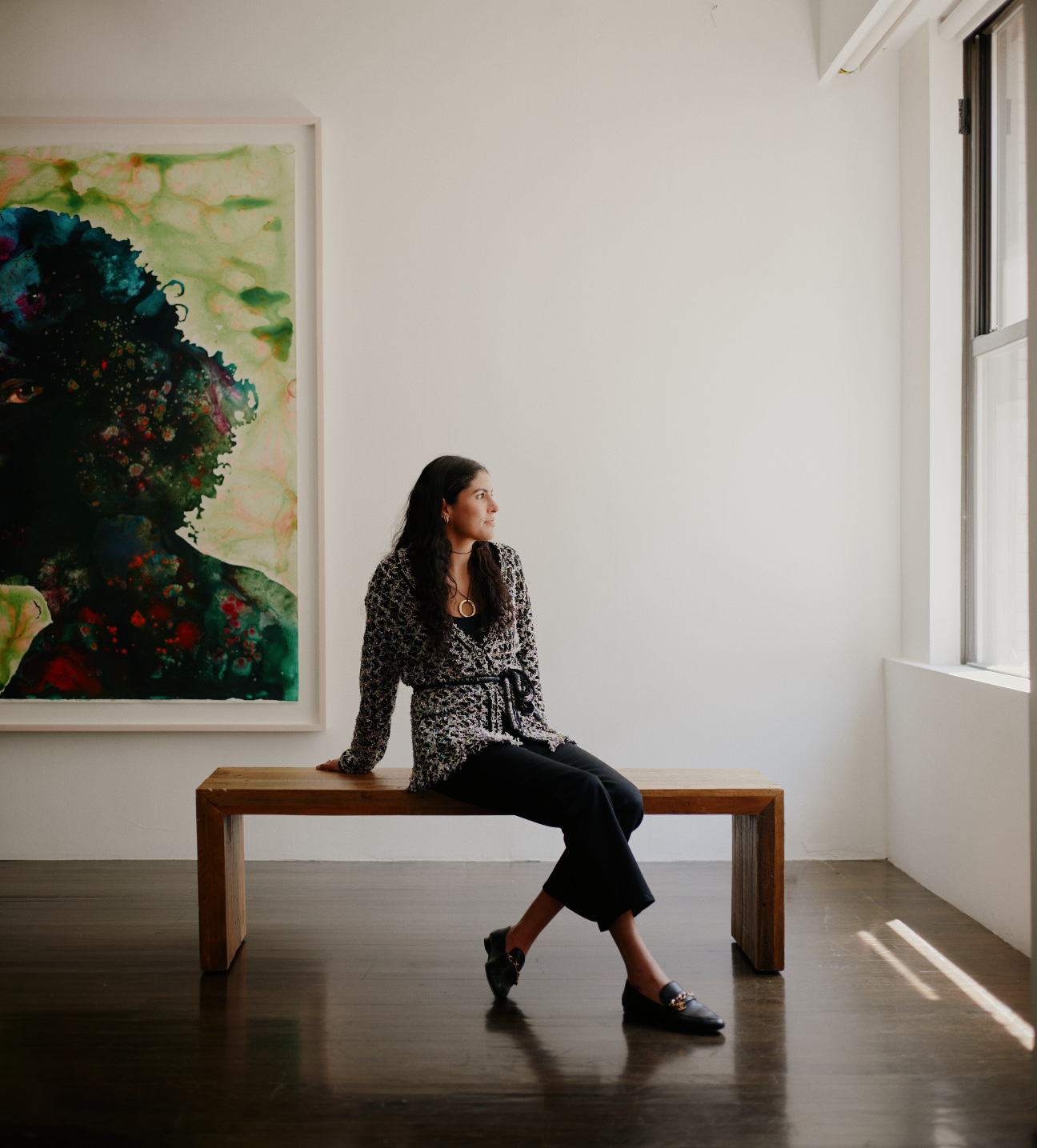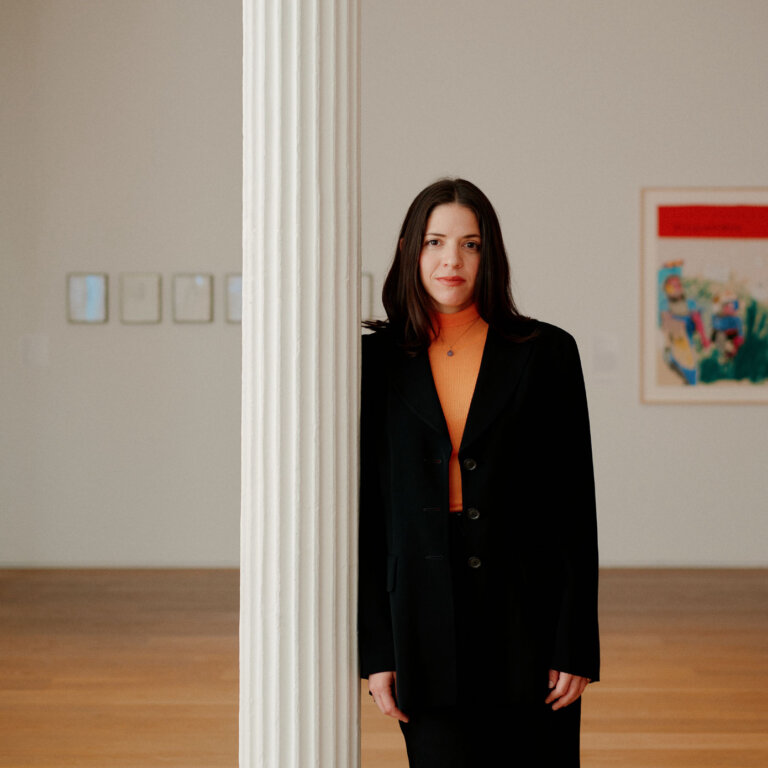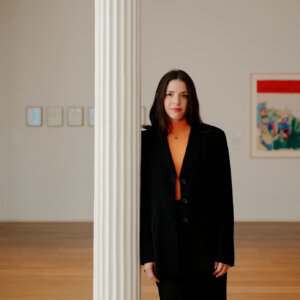“In a city as commercially-driven as New York, it is particularly important to provide space for conversations around art that aren’t driven by the market,” says Anjuli Nanda Diamond who was recently appointed artistic director of New York-based The 8th Floor. Diamond joined the foundation ten years ago and recently returned from a hiatus to earn her master’s degree in art business from Sotheby’s Institute of Art. Established by collector-philanthropists Shelley and Donald Rubin to broaden art access for New Yorkers, The 8th Floor champions artists addressing unsung narratives. “As an organization, we are determined to have a voice that reflects both the diverse cultural landscape of the city and the communities that inhabit it,” Diamond says.
Part of the Shelley & Donald Rubin Foundation—endowed in 1995 to support the arts and promote human welfare—The 8th Floor celebrates artists’ role in driving social changethrough performance, exhibition and salon-style discussion. “I feel fortunate to have evolved with the organization over the years, from gallery assistant to curator and now as artistic director,” adds Diamond, who also edited the foundation’s two- volume publication An Incomplete Archive of Activist Art (2022) which traverses the history of the Rubins’ art and justice mission.

While new to the helm, Diamond has long left her mark on the institution’s curatorial DNA, with a critical eye on art world structures. Case in point: her current show “Articulating Activism,” co-curated with Irish artist George Bolster, draws from the Rubins’ private collection to engage issues of feminism, migration and colonialism. The checklist ranges from Betty Tompkins and Firelei Báez, to artist groups like Guerrilla Girls and ACT UP. “Many of the pieces were acquired during my time working for the Rubins, and I feel a particular affinity for these artists who continue to resist and reject oppressive conditions,” she explains. “José Ángel Toirac, Guerrilla Girls and Tsherin Sherpa have vastly different backgrounds, coming from countries with varying political circumstances, as well as access to education and training. Yet, they have a commonality in their questioning of basic human rights, weaponiz- ing their position as artists to draw attention to injustices.”






 in your life?
in your life?

